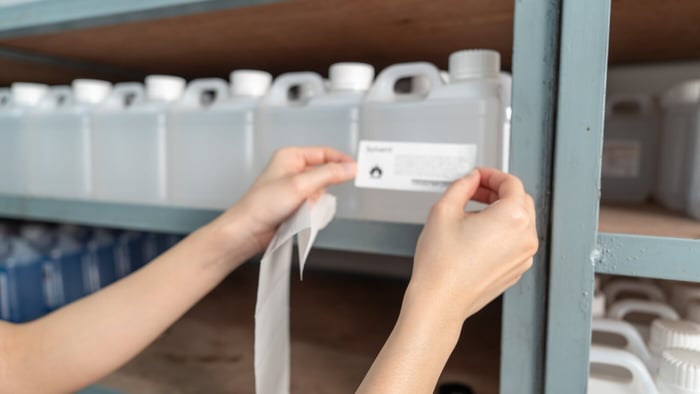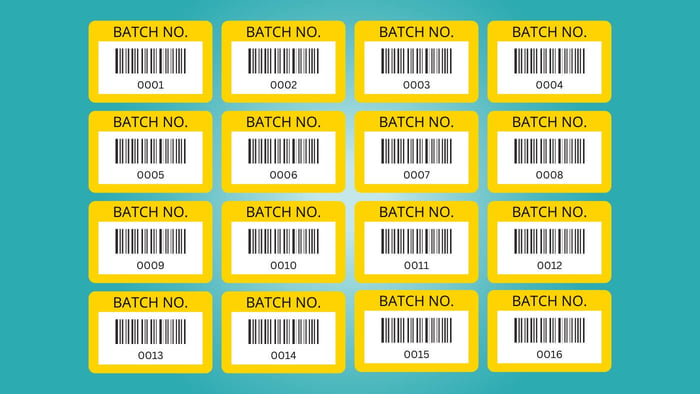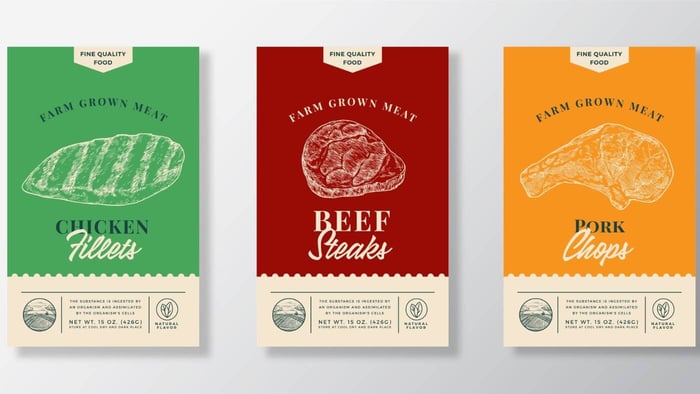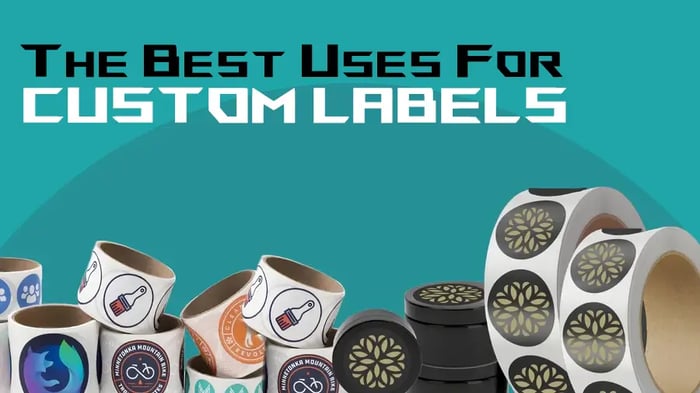What Are Batch Number Stickers?
Batch number stickers are small labels designed to track and identify groups of products that share the same production run. Each sticker usually shows a distinct batch number. This allows businesses to connect an item to specific manufacturing details, like date of production, materials used, and even color coding if needed. In many settings, people also call these batch number labels. They help companies maintain organized inventory, manage loading and unloading processes, and keep a clear record of each batch’s history.
Why Do They Matter?
I believe batch number stickers are vital for several reasons. They allow you to follow a product from start to finish, so if there’s an issue, you know which batch to review. They also make it simpler to add extra details like expiration dates or barcodes for quick scanning. Without a system to track batches, businesses might struggle to identify where certain defects came from, and that can lead to wasted time and money. These stickers reduce confusion, streamline processes, and build trust with customers who want to know that every item they buy has been properly monitored.
How Do They Work?
In many cases, batch number stickers include a straightforward alphanumeric code. Some companies prefer color coding or black text on a white background to ensure visibility. Others use circles or other shapes to differentiate certain products. You can print them on a roll for easy application, which is great if you have large orders to fulfill and need to keep the workflow efficient. Labels often include a date or a short subject line that clarifies the batch, so employees know the exact production timeline. If you need to scale up, you can even connect these stickers to a barcode or QR code system to track each batch digitally.
Choosing the Right Materials
Think about your product’s environment before deciding on label materials. If you handle items in hot or damp environments, a paper sticker might not last. You might choose synthetic labels or a vinyl option that won’t tear or fade. It’s okay if you’re a little frustrated trying to figure out which material is best, because there are so many choices. Some people like matte finishes that resist glare, while others prefer a glossy look for clarity. You can talk to your label supplier or do a test run of different labels. It’s usually worth a small experiment so you don’t end up reprinting thousands of stickers that just peel off in storage.
How to Customize Them
It’s possible to do more than just write a number on a small white label. You can design batch number stickers with different colors, shapes, or fonts. But don’t let creativity overshadow legibility. If your text or barcode is hard to read, that might cause problems down the line. For instance, a small circle with a batch number might look neat, but it could be tough to scan if you don’t have enough contrast. Make sure the important data—like the batch number, date, or any scanning code—stays clear and visible. After all, the main goal is to keep track of your items, not to confuse people handling them.
Keeping It Organized
A consistent labeling system prevents confusion. When you place batch number labels, stick to a certain spot on your packaging. That way, employees know exactly where to look during loading, shipping, or inventory checks. Also, maintain a digital record that pairs each batch number with production details. This could be an Excel sheet, a specialized software, or a simple in-house database. The point is to connect the physical sticker to data about when and how each batch was produced or updated. It’s annoying when you need to find a batch’s details but have to rummage through random files or guess a production date.
Benefits for Different Businesses
Companies in food, cosmetics, electronics, and even chemical industries often rely on these stickers. Why? Because an accurate record of each batch is a safeguard. If there’s a concern about product quality, you can quickly isolate the affected batch and address the problem. That’s better than recalling everything or sifting through random boxes to guess which product is faulty. Customers also appreciate transparency, and a simple sticker with a clear batch number shows you’re serious about quality control.
Final Thoughts
Batch number stickers may seem like a small subject, but they have a big impact on how you run your business. They help track your inventory, keep you organized, and offer peace of mind if something goes wrong. Whether you need a bright color system, circle shapes, or just a black text on a white roll, make sure you choose the right materials and design for your environment. That way, you avoid wasted orders or confusion later. When done well, these labels make life easier for your team and your customers. And that’s something worth considering the next time you think about how to label your products.






